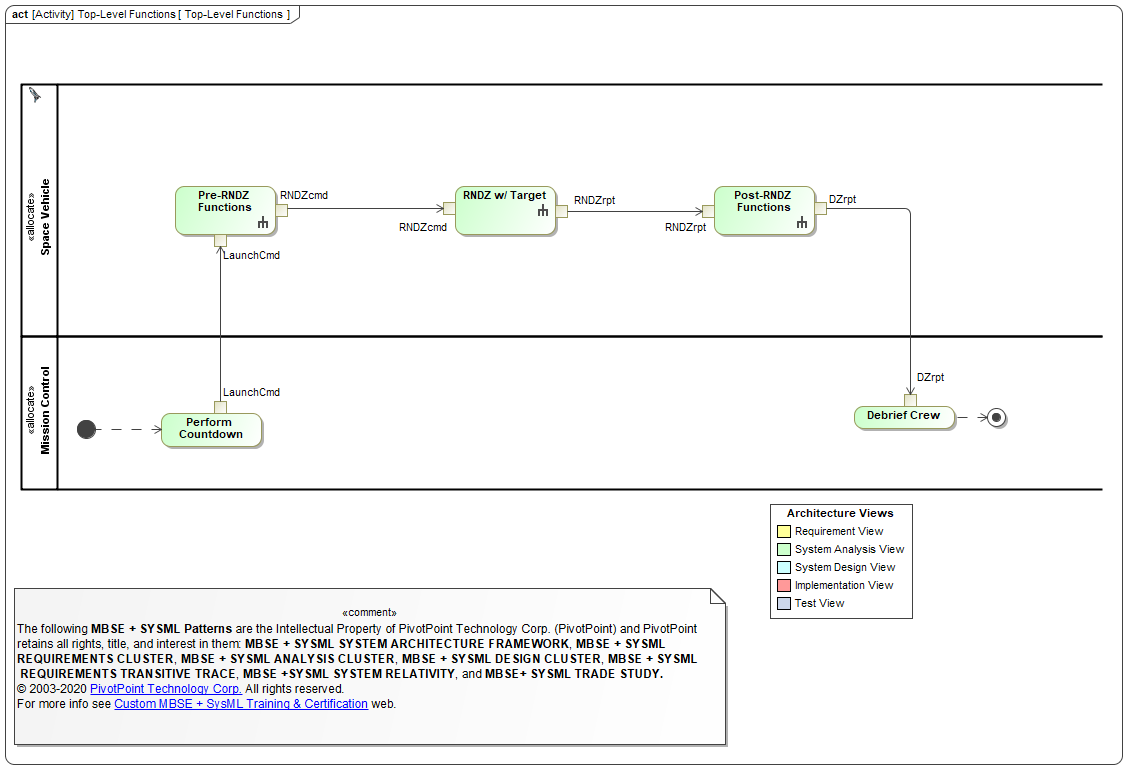


Choose your favorite one-click method: from standard menus, context menus, shortcuts, or toolbars. Because all major commands are reachable through a single click, you can focus on modeling. Promotes quick learning with intuitive interfaceĮasy access to the most common operations is a cornerstone of MagicDraw's user interface. Ten Reasons MagicDraw Literally Outpaces the Competitionġ.
#Requirement diagram magicdraw software#
MagicDraw integrates with IO Software ArcStyler, AndroMDA, openArchitectureWare, Codagen Architect, and others. Major MDD vendors select and recommend MagicDraw. MagicDraw is by far the tool of choice in the world of Model Driven Architecture. This makes your team collaboration notably faster and provides simple configuration management, controlled access to your artifacts, remote access to your model and an optimal way to manage your model and avoid conflicts. Using MagicDraw's Teamwork Cloud, multiple developers can work simultaneously on the same model. With the customizable MagicDraw report generation engine, users can tailor documentation to fit their company's internal development process. With our Open API, you can extend functionality to include new design patterns, metrics, transformations and other plugins. With UML Profiles and custom diagrams you can extend standard UML 2 to fit your specific problem domain. With MagicDraw you will save time and improve productivity. Experience how quickly you get used to MagicDraw. MagicDraw provides intuitive controls within a very well designed GUI which allows users to model without having to spend time learning about the controls. Start MagicDraw from any point in your architecture and modeling process it doesn't matter, for example, if your project is presently in a requirements or maintenance phase. MagicDraw is not tied to any one phase of your project. MagicDraw provides independence from any specific software development process, conforming nicely to your company process allowing centralization of business and process modeling, requirements capture and design.

Independence from specific development methodology We integrate with many leading products: IDEs, requirements, testing, estimation, MDD, database, and others. Our approach to standards and our Open API makes it easy for you to integrate with applications that work together, best supporting the needs of your business. Unlike other UML modeling and architecture environments, MagicDraw makes it easy for you to deploy a Software Development Life Cycle (SDLC) environment that best suits the needs of your business. MagicDraw supports the UML 2 metamodel, the latest XMI standard for data storage and the most popular programming languages for implementation. ements.Industry standards-compliance and support UML diagrams usage for requirements are described at. sml-guide/Īrchitecture framework for SysML. Please take a look at simple guide for requirements in SysML. For this purpose refine relation is available. It is recommended to have requirements in SysML requirements, and further refine complex parts with other diagrams. In most of the case requirements specification is mixture of both approaches. *Design - block diagram, component diagram, packages diagram *Domain analysis - high level class diagram *Functional requirements - use case diagram It is choice you have to use SysML textual requirements OR requirements semantic modeled with other diagrams as: *Requirements diagram - for general visual requirements representation. *Relation Maps- for requirements structure representation. *Matrices - for requirements derive, trace, refine, satisfy, verify relations representation. *Requirements table - for requirements gathering and compact representation. SysML provides a lot of predefined views dedicate for them: It is especially convenient when you are importing requirements from external sources, or need to manage requirements in similar to MS Excel or IBM Rational DOORS way.

It is very simple and clear notation to learn and communicate. SysML requirements gives required standard ability to have requirements in the model with single requirement per element approach.


 0 kommentar(er)
0 kommentar(er)
